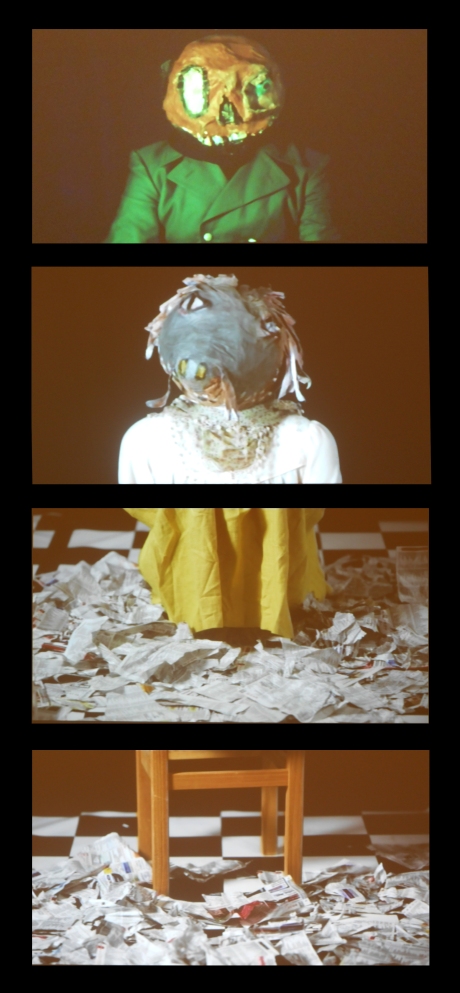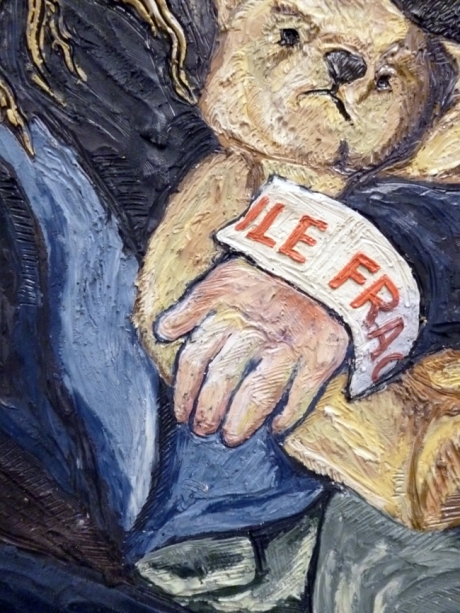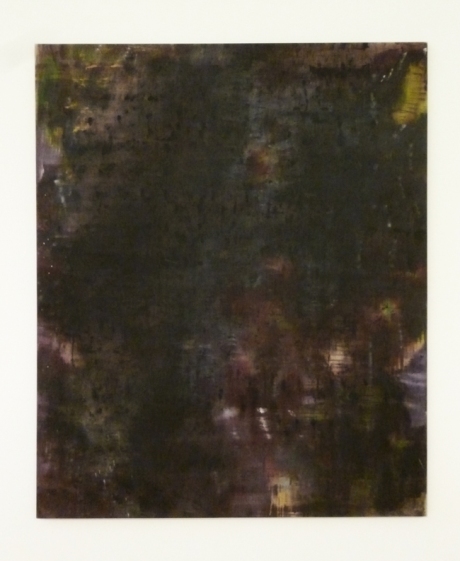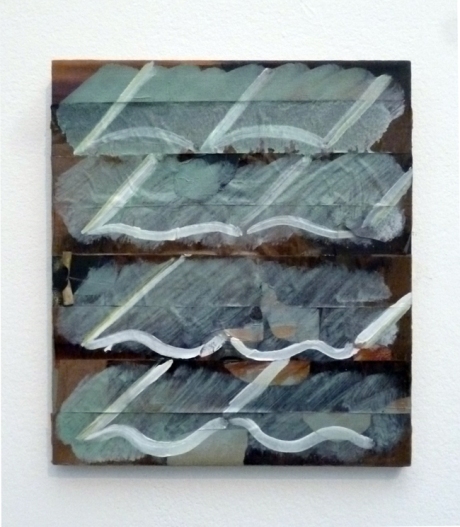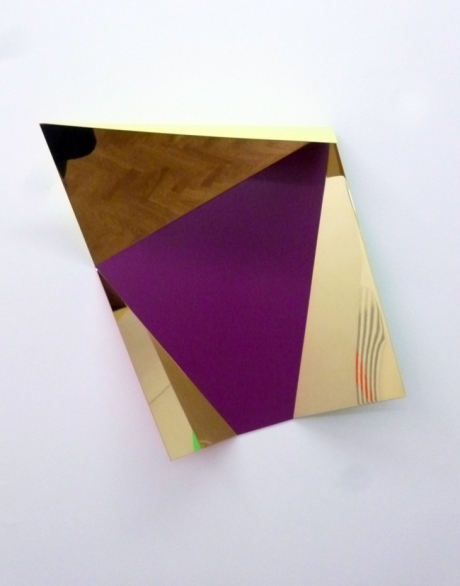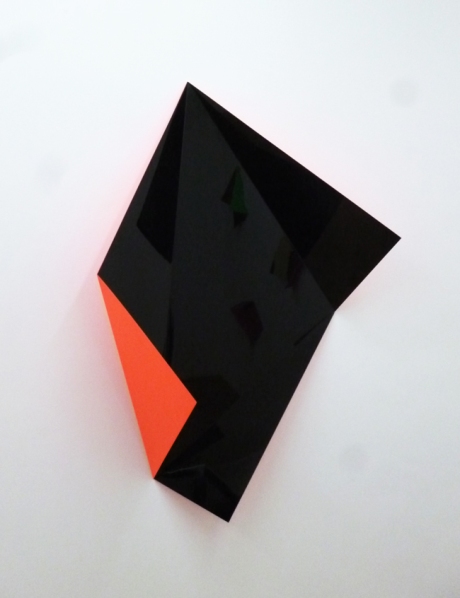Phoebe Unwin @ Wilkinson
 There are basic emotions. Happiness. Sadness. Anger. Fear. These are like elements, the basic building blocks of Humanity.
There are basic emotions. Happiness. Sadness. Anger. Fear. These are like elements, the basic building blocks of Humanity.
Then there are more complex feelings that are more like chemical compounds. They can include the aforementioned emotions but are mixed with sensual stimulus, and context. Like smell, vision, memory and place, that are catalogued and recalled from the brain. These complex emotional compounds are harder to describe and often unique to the individual.
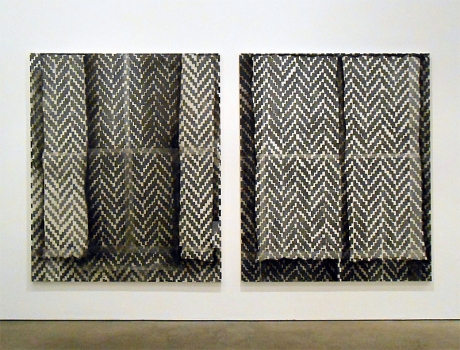 Phoebe Unwin is all about capturing and recreating these emotional compounds in her work. Fleeting moments of life that are hard to understand unless you were there.
Phoebe Unwin is all about capturing and recreating these emotional compounds in her work. Fleeting moments of life that are hard to understand unless you were there.
But what is Unwin trying to achieve by doing so? Does she want people to feel something or does she just want people to look at what she is feeling?
 If Unwin’s strategy is isolationist, i.e. not designed to trigger feelings or memories in other people and only present her own, Then for her art to be emotionally valuable to someone the paintings must be masterpieces (which, as nice as they are, are not) or Unwin herself must be emotionally valuable to you in the first place – therefore Unwin must be either Famous, or Infamous. Or have an intriguing personality which you would talk about to buyers.
If Unwin’s strategy is isolationist, i.e. not designed to trigger feelings or memories in other people and only present her own, Then for her art to be emotionally valuable to someone the paintings must be masterpieces (which, as nice as they are, are not) or Unwin herself must be emotionally valuable to you in the first place – therefore Unwin must be either Famous, or Infamous. Or have an intriguing personality which you would talk about to buyers.
If Unwins strategy is to evoke emotion within the viewer, Some paintings succeed. Her work is more effective when one can recognise context therefore triggering emotional response. But the more abstract works become defunct – They are too gentle to evoke pure emotion (for example Rothko), they are more likely to encourage critical analysis.
I can appreciate Unwins brave pursuit of subtle complexity, but i reckon it’s a sticky wicket.





